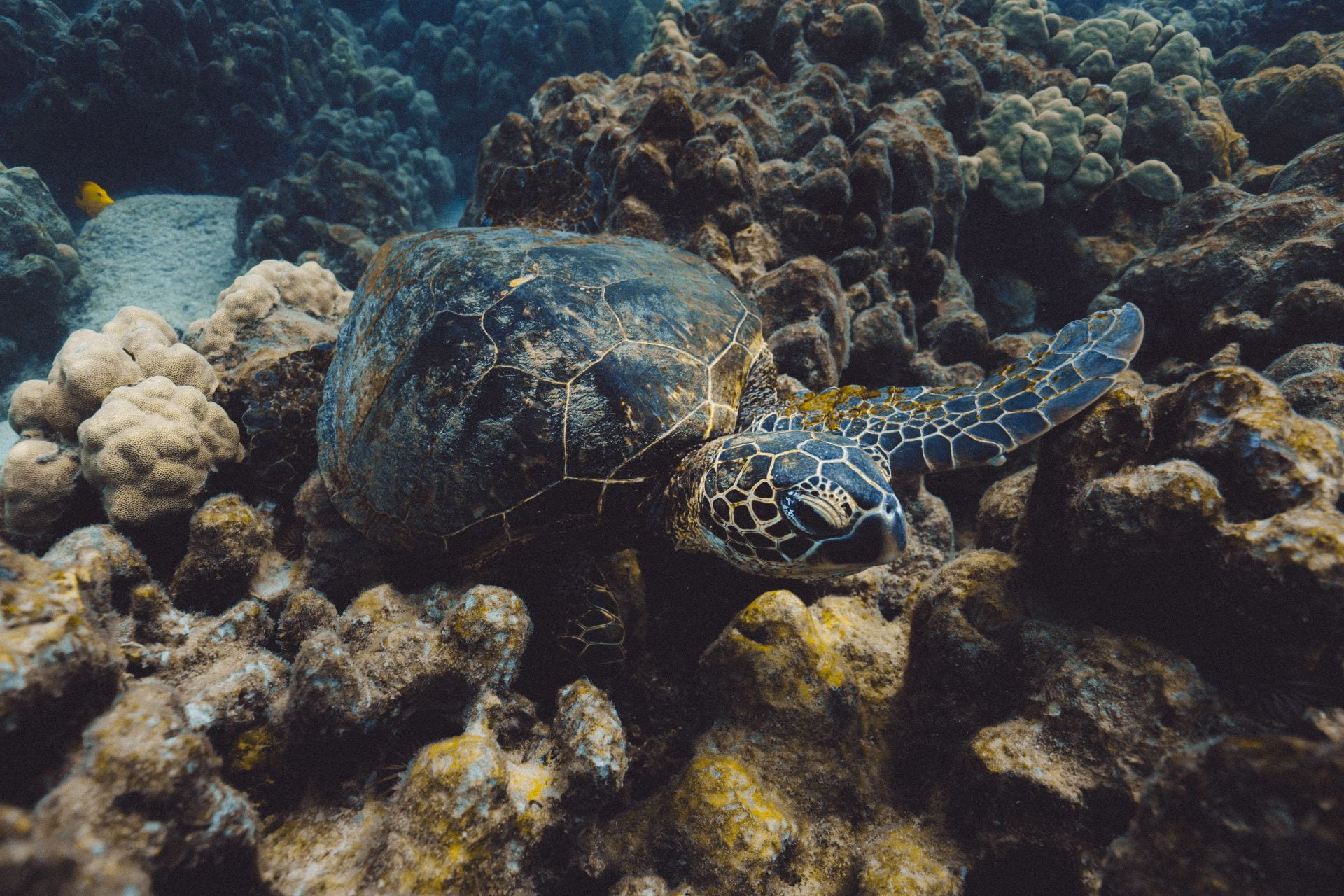When I first came to Florida on holiday last June, the first thing I wanted to do was swim in the gorgeous and warm waters. I was pleasantly surprised to learn that the coastline boasts an array of unique wildlife.
My first encounter with this was seeing the bright yellow signs while walking to the beach explaining how lights should be turned off during the evenings of turtle season, which is March through October, to help protect the sea turtles nesting on our coastlines. I was intrigued as to why this is and found out that the hatchlings follow the brightest horizon, opposite of a dark silhouette to guide them to the ocean.
Because I genuinely love them, I knew that I needed to find out more about these elusive creatures. I eagerly awaited my interview with Curtis Slagle, the project manager of the Broward County Sea Turtle Conservation Program at NSU’s Halmos College of Arts and Sciences.
The first thing I wanted to know was more about these fascinating creatures. Slagle explained that they have an incredible internal navigation system as they return, roughly after 20 years of swimming through the ocean, back to basically what was the spot they were born to nest their own hatchlings.
He also explained what factors impact sea turtle numbers. There are hardly any natural predators for the adult sea turtle, which can weigh up to 400 pounds, as their shells are basically impenetrable, even from the strongest of sharks’ jaws. They also swim sideways to make it hard for the sharks to get a grip. It is really the man-made factors that exacerbated their landing on the endangered species list in 1973.
Firstly, climate change plays a huge role because the number of eggs deposited into the nests are based on the temperature of the sand. The temperature determines the sex of the hatchlings and an increase in overall global temperatures can vary this. While a higher number of females is important for the continuation of the lineage, rising temperatures have caused there to be 100% female hatchlings.
Secondly, human coastal development projects and beach activity leaves less safe space for the females to give birth. Not having strict enough fishing regulations in place has allowed for turtles to be fair game for hunting, given meat was consumed in soups as recently as the 1960s.People in South Florida would sell sea turtle shells for decoration and their meat for soups.
Slagle also explained how sea turtles are like “small children, they will put everything in their mouths,” showcasing how the increase in oceanic pollution is going to start becoming an even more pressing issue than it already is.
You do not have to be as passionate about sea turtle conservation as I am to help the species, but you can do things as simple as not releasing balloons, as turtles can try to eat them or get tangled in them.
At the beach, it is illegal to bother the nests or the areas around them as the babies may be out and can easily be injured. If you want to get a closer look at them and watch their releases, you can watch them virtually on the Broward County Sea Turtle Conservation’s Facebook page or contact a state park, such as Gumbo Limbo, to book a guided tour. The Broward County Sea Turtle Conservation will be offering in-person experiences when it is safe to do so.
For those looking to make a real difference, you can send an email to seaturtles@nova.edu to find out more about the employment and/or volunteer jobs that run through the entire nesting season.
If you find a wounded sea turtle or one that you do not know what to do with, contact the Broward County Sea Turtle Conservation emergency line at (954) 328-0580.
Fins up for helping our fellow marine friends.


